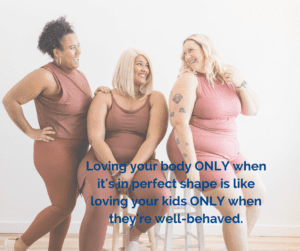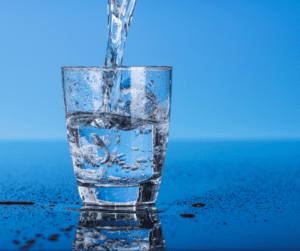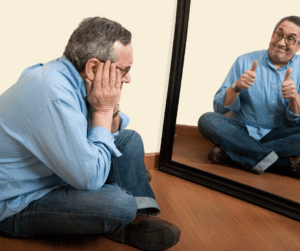Environmental Self-Care — Living Clean & Clutter Free
From the time I was a little kid well into adulthood, I’ve felt out of sorts when my personal environment wasn’t up to a certain standard of clean and organized. I know I’m not alone.
Studies have shown that our environment can significantly impact our mental and physical well-being.
Clutter Free – Some people seem to be less bothered by clutter. In contrast, others are highly annoyed by a cluttered environment and can find the clutter to restrict their ability to focus or their creativity. I’m one of them.
When your environment is cluttered, dirty, and unorganized, the response is often lowered self-esteem, moods, and even depression and anxiety can take hold.
If you’re like me, when clutter is cleared from your home or work environment, you’ll find yourself more productive, less agitated, and probably able to clear your mind to process information much better.
Here are other benefits to organizing your home, office, vehicle, storage, etc.
Time – when your items, such as keys and phone, have a resting place of their own, you won’t be spending a lot of time looking for them. Also, when things are more organized and cleaned regularly, it increases the time to do other things. I find that I also manage my time and other activities better when there isn’t clutter around me
Storage – when well organized, you’ll find you can comfortably get things in and out of cabinets and cupboards. You can also typically store more usable items and gain valuable storage space.
Purchases – you can save on purchases by not buying things you already have but can’t find.
Stress – decreases when you aren’t running around frantically looking for those lost keys, your wallet, or other misplaced items. Also, if you have guests coming over, you’ll feel less stress knowing your home offers a comfortable atmosphere.
Energy – it’s incredible how much more energy you’ll have when things are organized, clean, and quickly found.
Confidence – confidence levels increase when our lives are organized, clutter-free, and cleaned up, which often leads to more positive behavior patterns.
Of course, for those living with anxiety and depression, this can be a more arduous task than for others. The key is to start with a small area – a drawer or the front closet. Sometimes getting a friend to help will go a long way in helping you part with things cluttering your environment.
Start small and pick a more significant task once you’ve gained the confidence to do more. A box for giveaway items, a box for keeping things, a box for garbage, and a box for maybe items that work well.

How do you keep it clean and clutter-free?
Examples:
Mail — You bring the mail in, and instead of throwing it on the counter, open it. Then, put the recycled items in the recycle bin and put the bills in a now designated bill folder.
Laundry — Do smaller loads of laundry each day or every other day versus once a week. There’s less to fold and put away all at once.
Cooking — Clean up as you go. When you are done eating, clean up the dishes and kitchen right away.
Make Your Bed — Make your bed every morning. There is an entire psychology behind bed-making. Also, check out my YouTube video on bed-making. OMG, lol!
Dusting – My least favorite task. Turn on some good music and dance around while dusting. It does help.
Showers – I owned a cleaning business for 17 years. Fact! I use a product called Zep. It works! Spray it from top to bottom, use a non-scratch pad, scrub it in, leave it to sit while you clean the toilet, come back, and rinse it off. Just don’t stand in the shower with bare feet and clean it. If you have a window, open it.
Your psychological health is important, so taking steps toward cleaning things up and decluttering your environment will go a long way in helping your emotional well-being.
Want more help in decluttering? Find professional home organizers near you online, or jump in on my bi-weekly group coaching calls here and create a plan for getting started. The first month is free.
Happy cleaning,
Vonie



